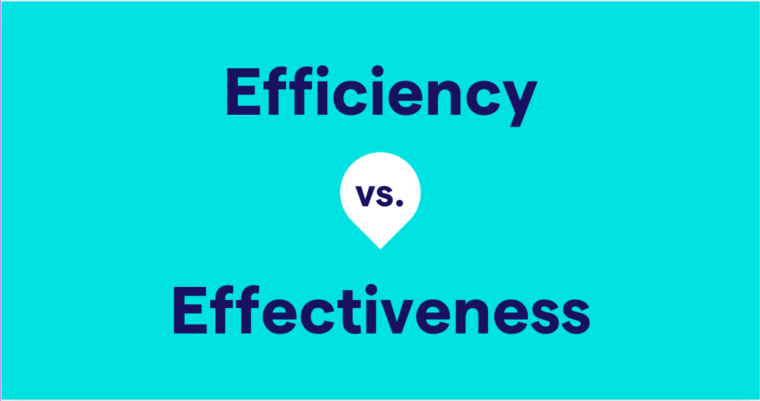Some packages of crayons come with over a hundred colors. Among them are the mysterious burnt umber and burnt sienna. These hues are intriguing because not many people know what umber and sienna are or what the difference is between burned and burnt. The good news is that you can find out right now!
The difference between burnt and burned
Burnt is an adjective. In American English, that’s all it usually aspires to be. Burned is the past tense of burn. If you use burnt as a past tense verb in the United States, you will be in danger of criticism. You might respond to this criticism by pointing out that burnt and burned both appear in the dictionary as past tense forms of burn. Why is that?
Only American English makes a distinction between the two. In other varieties of English, burnt and burned are both perfectly acceptable for the past tense of burn. It wasn’t always that way. Before the sixteenth century, burned was the only form. However, some people started adding T instead of -ed at the ends of verbs. The fad caught on a little in the United States and Canada, but not enough to become an established part of the language there. In the United Kingdom and other countries, the T was a hit. Here are some examples of burnt functioning as the simple past tense and past participle of burn:
“I would have burnt the pink candle that was sculptured like a rose before it melted while being stored.” —Erma Bombeck, Eat Less Cottage Cheese and More Ice Cream
“You may find that if someone pours water all over you, you are damp and distracted, but not cured of your sadness, the way a fire department can douse a fire but never recover what has been burnt down.” —Lemony Snicket, The Bad Beginning
“The taste for books was an early one. As a child he was sometimes found at midnight by a page still reading. They took his taper away, and he bred glow-worms to serve his purpose. They took the glow-worms away and he almost burnt the house down with a tinder.” —Virginia Woolf, Orlando
When would burned be more appropriate? In American English, it is the only commonly used past tense form of burn.
When would burnt be more appropriate? In American English, burnt is always an adjective.
Children, and even some adults, like to color. Crayon hues like burnt sienna and burnt umber are no longer mysterious. And neither are their labels, since you now know the difference between burned and burnt!






